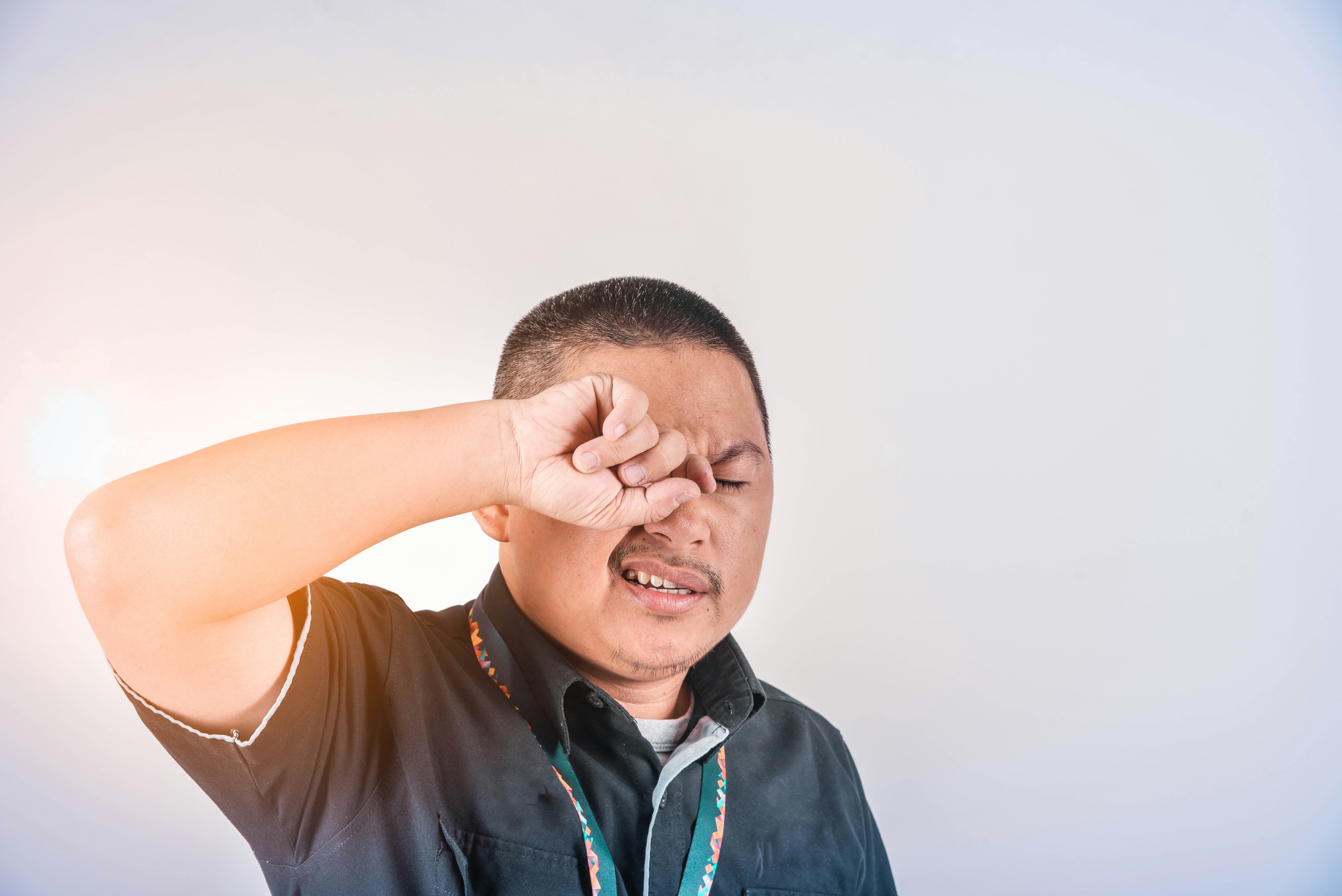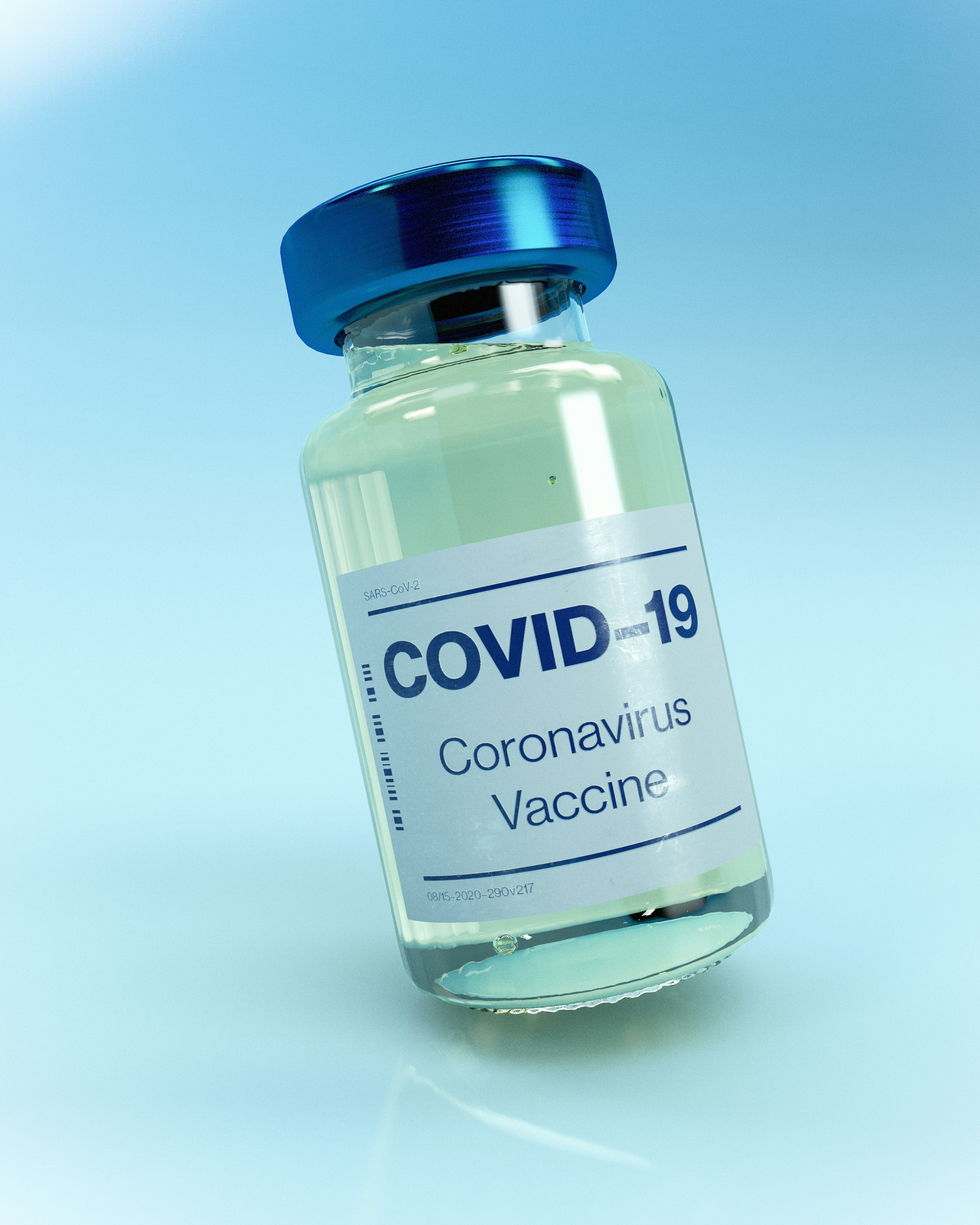10 Symptoms of COVID Now as Summer Wave Surges

COVID cases are surging in parts of the U.S., and people are reporting some specific symptoms that differ from past virus mutations. “This year’s summer COVID-19 wave is coming earlier than last year, which occurred in late August and early September,” a CDC spokesperson told TODAY. “Viruses mutate all the time, so I’m not surprised to see a new coronavirus variant taking over,” says Yale Medicine infectious diseases specialist Scott Roberts, MD. “And I’m guessing it will continue to mutate.” Here are 10 symptoms of the new COVID FLiRT strains — including KP.3, KP.2, and KP.1.1, being reported during the summer surge.
Gastrointestinal Issues

The most commonly reported virus symptoms right now are GI-type issues. “Some people with COVID-19 report feeling sick to the stomach, vomiting or having loose stools, called diarrhea,” Daniel C. DeSimone, MD, tells the Mayo Clinic. “Another symptom reported is pain in the belly. With the omicron variant of the virus that causes COVID-19, these digestive symptoms are more common than with earlier waves of the virus.”
Sore Throat and Fatigue

Family medicine physician Dr. Chantel Tinfang tells NBC Chicago people are reporting less body aches and fever and more coughing, fatigue, and sore throat symptoms. “We still see some patients experiencing decreased appetite, a loss of taste or smell. So it kind of depends,” she says. “One patient was just very, very tired. Like she couldn’t really do much. And that’s when you know … it’s different. It’s not just coughing and shortness of breath. We still see that though.”
Skin Rashes

Some people report skin changes linked to COVID-19. “These may be rashes or discolored and swollen areas,” Dr. DeSimone says. “Often rashes most often appear on arms, legs or on the center part of the body, called the trunk. They may show up during COVID-19 symptoms or up to a month later. These may be large, flat blotches, or itchy, raised spots or welts called hives. Some people may have small round fluid-filled bubbles across the skin. The rash also may be a lacy darkening of skin.”
Nausea and Vomiting

Some people are reporting nausea and vomiting as possible symptoms of COVID. “It can be tricky to tell the difference because gastrointestinal symptoms like diarrhea, nausea and vomiting are common in many illnesses, including food poisoning and stomach bugs,” Dr. Adam Booth, MD, FCAP, FASCP, assistant professor of pathology and immunology at Washington University School of Medicine and member of the College of American Pathologists, tells Parade. “However, if these symptoms are accompanied by other COVID-19 signs such as a cough, fever, fatigue, muscle aches, or a loss of taste and smell, it could indicate a COVID-19 infection. Additionally, if you have been in contact with someone who has tested positive for COVID-19 or if there’s an outbreak in your community, it’s more likely that your symptoms could be related to COVID-19.”
COVID Toes

Some younger people are experiencing strange skin issues on their feet, but doctors aren’t sure if it’s just a virus-related issue. “Others, usually teens or young adults, could have swelling and darkening of skin on the fingers or toes,” says Dr. DeSimone. “This may be called ‘COVID toes.’ But some people who have this symptom in their fingers or toes don’t test positive for the virus that causes COVID-19. Researchers are still examining the cause for this skin disorder.”
Headache

Headaches are another symptom being reported during the summer surge. “Common symptoms include fatigue, fever, body aches, chills, congestion, cough, runny nose, sore throat, headache, loss of taste and/or smell,” says Todd B. Ellerin, MD, via SouthShoreHealth. “Some people may also experience gastrointestinal symptoms.”
Cold Symptoms

COVID symptoms are still fairly similar to cold symptoms. “So the symptoms that we’re seeing in patients that are infected with one of the FLiRT variants are the same symptoms that we’ve been seeing with COVID-19 all along,” says Michael Ben-Aderet, MD, associate medical director of Hospital Epidemiology at Cedars-Sinai. “There’s no sense that there’s any increased severity with the FLiRT variants. We’re still seeing the relatively mild disease that we’ve been seeing with COVID-19 over the past year. It’s primarily an upper respiratory illness.”
Sore Eyes and Bad Taste

Another strange symptom of the FLiRT variants is sleep issues and dry, sore eyes. “Less often, people with COVID-19 reported a loss of taste or a bad taste in the mouth,” says Dr. DeSimone. “People also may have problems sleeping, a change in their voice, dizziness or sore eyes.”
Sudden Vomiting

Sudden vomiting could be COVID, but a lot of symptoms overlap with other illness. “Abrupt onset of vomiting is a hallmark symptom of norovirus, one of the most common viruses causing food poisoning,” Dr. Roberts tells Parade. “Usually this is quick and self-limited; most people recover in one to two days. Fever, fatigue and weakness can be seen in both norovirus and COVID-19 and does not help distinguish them easily.”
Gut Biome Dysfunction

Some people are reporting GI issues long after first getting infected. “In some cases, there can be damage to the lining of the gut that allows bacteria normally found in the lumen of the intestine to invade deeper in the gut tissues, this could lead to bacteria in the blood (bacteremia) or sepsis,” Dr. Peter Hotez, MD, PhD, co-director of the Texas Children’s Hospital Center for Vaccine Development and dean of the National School of Tropical Medicine at Baylor College of Medicine, tells Parade. “There could also be disruptions to the normal gut flora or microbiome. Some of these symptoms can last for significant periods after the infection resolves and could be considered a form of long COVID.”
How Can People Protect Themselves?

Experts recommend staying up to date with vaccines and boosters as the first line of defense against the new mutation. “I would especially recommend anyone who qualifies for the vaccine because of advanced age get it if they haven’t already,” says Dr. Roberts. “The reason is that the biggest risk factor for a bad outcome from COVID is advanced age.”